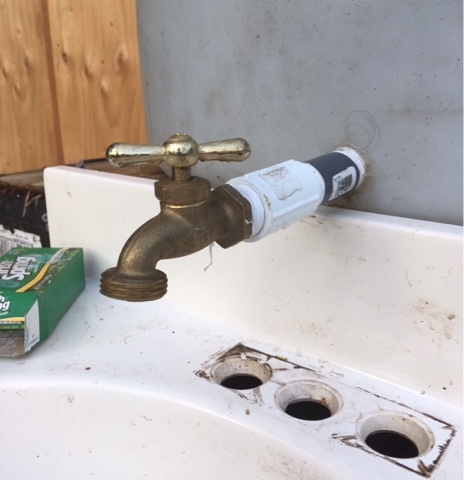Hers a few of the comments generated by my last turmeric post.....
From "S"...
"Thanks for the turmeric post....answered a bunch of question I didn't know I needed to ask. Do your's flower?"Some of my plants flowered this year, perhaps about 25%. Last year only one flowered. And the year before that, zero. Don't know the exact reason for this trend but it would either have to do with the improved soil fertility or the weather, or a combo.
"J" remarked, "that clump of roots is far bigger than I have ever gotten. Should I plant a bigger piece? I was told to break off all the fingers and plant each individually."
I tried planting individual fingers when I first tried turmeric, and I too found I got very small rhizomes (that's the term for the fleshy root part that we eat) in return. I now plant a larger chunk. The bigger the chunk, the better my return.
"A" said, "Can turmeric be grown in a pot indoors?"
I've heard of people doing that, but I've never seen it or tried it myself. I should think that it could easily be grown indoors since it has a low light requirement. The main thing to watch would be soil moisture. Turmeric doesn't like dry conditions.
"B" emailed... "Should I plant turmeric in the sun?"
I haven't had much success growing it in full sun, although it surely will survive. It does far better for me in semi or partial shade.
"T" asked, "I haven't seen turmeric in my the seed catalogs. Can I buy it at the grocery store and plant it?"
Yes, you could. But I would keep two things in mind. 1- diseases. I would wash the roots in soapy water then rinse in bleach water and air dry before planting. That may not prevent all root borne problems but it would help. 2- I don't know if an anti-sprouting chemical is used in turmeric, like is used in potatoes. So to be on the safe side, I'd buy the turmeric roots from an organic source, like a natural food store.



















































